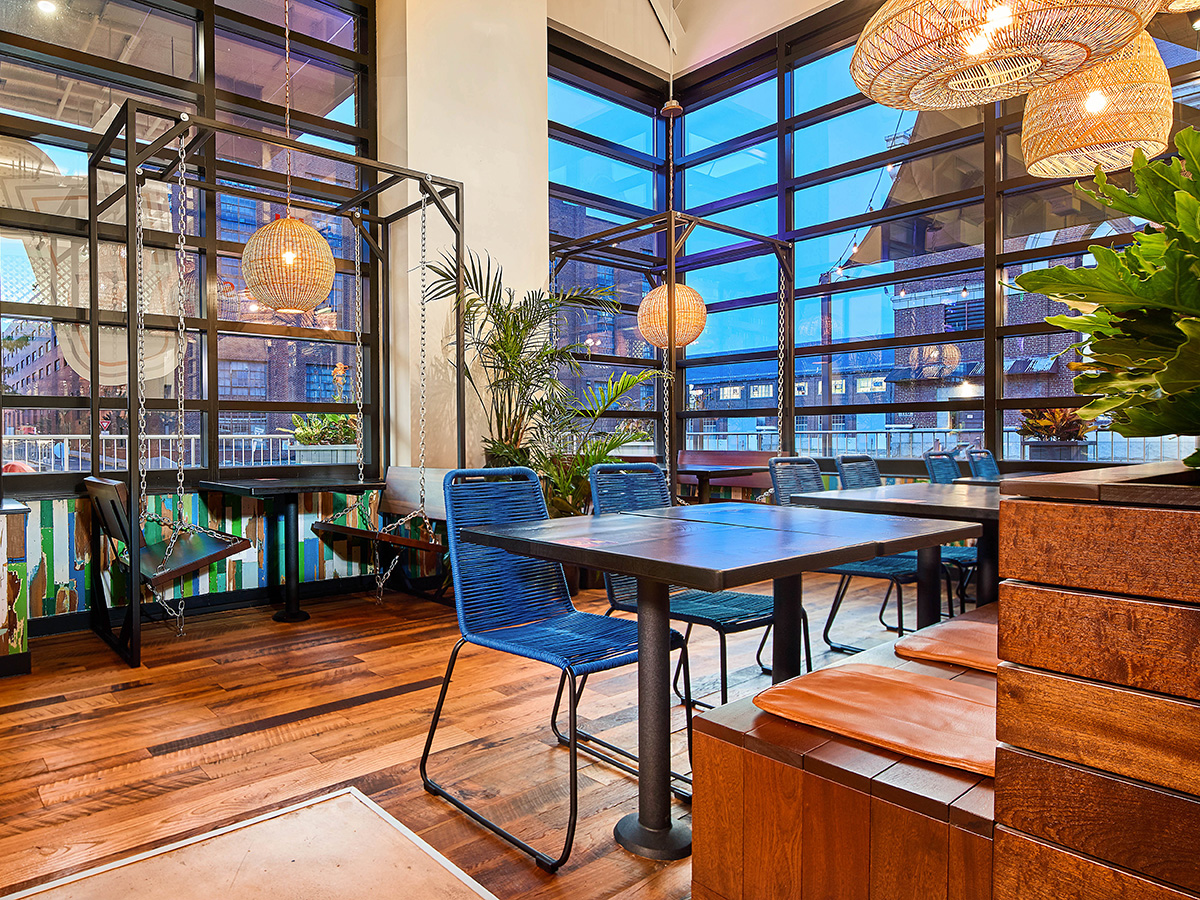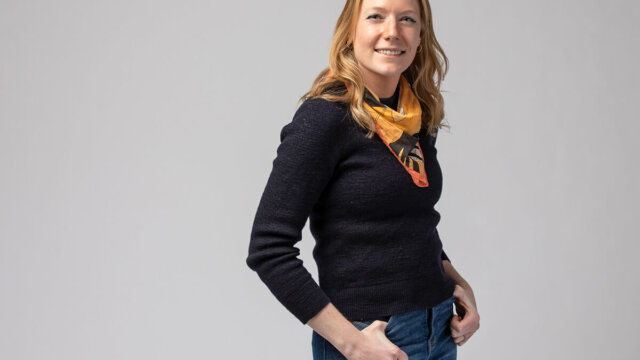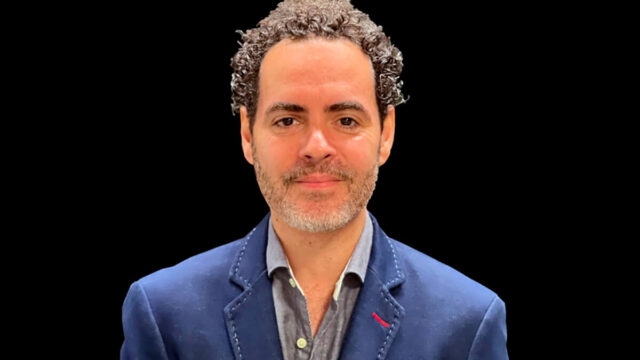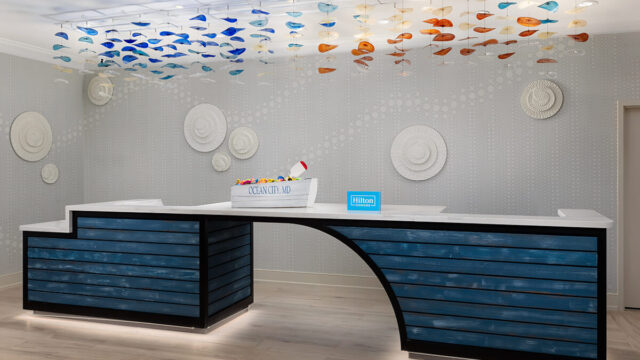For Earth Day this year, design leaders are sharing what sustainability means to them and their businesses. Here’s a look at how they’re making use of better practices and eco-conscious design materials to leave the world a better place for the next generation:
GrizForm Design Architects
“At GrizForm Design Architects, there is an understanding that it’s not only about crafting a healthy space for the environment—which always takes priority—but also about crafting a space that owners, staff members and visitors feel welcome and comfortable within. For a long time, sustainability and wellness have been paired together, and rightfully so,” said Sarah Wingo, project architect, interiors, GrizForm Design Architects.
“Lately, we’ve found ourselves having more and more conversations with our clients about incorporating natural materials rather than synthetic alternatives. For example, we are using natural leathers rather than vinyl for items such as chairs, lounge seating, etc. Vinyl and synthetic materials may be cheaper initially, but the lifecycle costs far outweigh those of natural selections,” she added.
“As a team, when we’re in the office, we also strive to lower our carbon footprint. We have ‘real’ silverware, cups/mugs and plates rather than paper or plastic products. We try to be creative and savvy in the ways we share information internally and with our clients. Rather than constantly printing documents and presentations, we try to distribute project information and communicate online. Another more eco-friendly initiative is recycling, donating or repurposing product samples; we love using Material Bank and working with our manufacturers on ways to keep pieces out of landfills,” said Ashley Kirkland, director, interior architecture, GrizForm Design Architects.
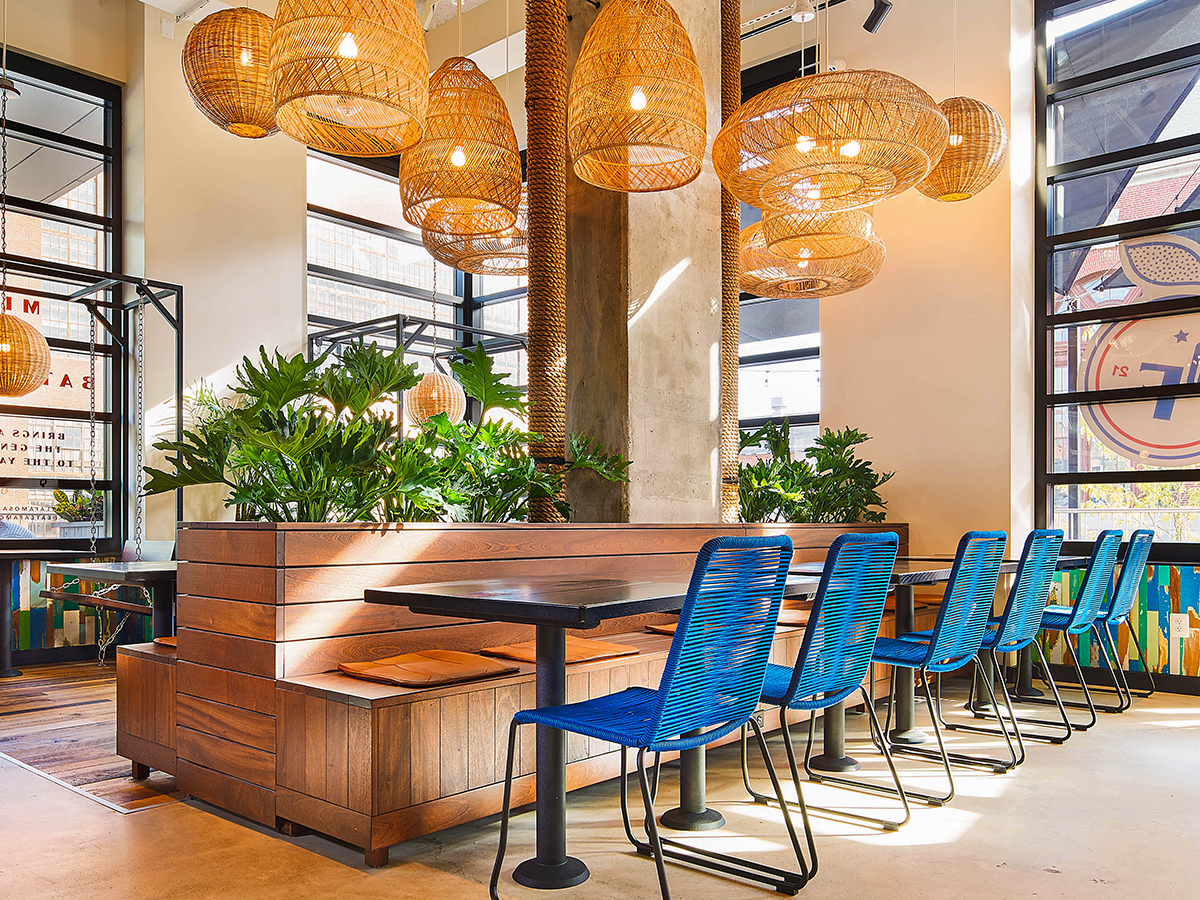
//3877
“Sustainability was a fundamental focus throughout the entire design and construction process of our most recent hotel project, Hyatt Place, National Harbor. Given the property’s LEED certification, energy efficiency was considered not only in the architectural design, but also within all of the building systems including the mechanical infrastructure, plumbing design and electrical distribution. This project exemplifies our approach to sustainability and green design—examining the project-at-hand to evaluate best practices and prioritizing local vendors, green materials and the overall footprint on the local landscape,” said David Tracz, principal/cofounder, //3877

DMAC Architecture
“There are many ways to think about sustainability, and I think there are real opportunities to limit ‘waste’ that goes into landfill by upcycling. A benefit of being on-site and being aware of the byproducts of the construction process, we salvaged half an acre of pine boards used to form a large concrete ribbon and repurposed nearly 100% of those boards as interior wall treatment at Midtown Athletic Club & Hotel in Chicago. In a sister location of Midtown Athletic Club in Rochester, NY, we upcycled the wood from standard pallets into ceiling and wall treatments. It’s about being creative with our valuable resources,” said Dwayne MacEwen, founder/creative director, DMAC Architecture.
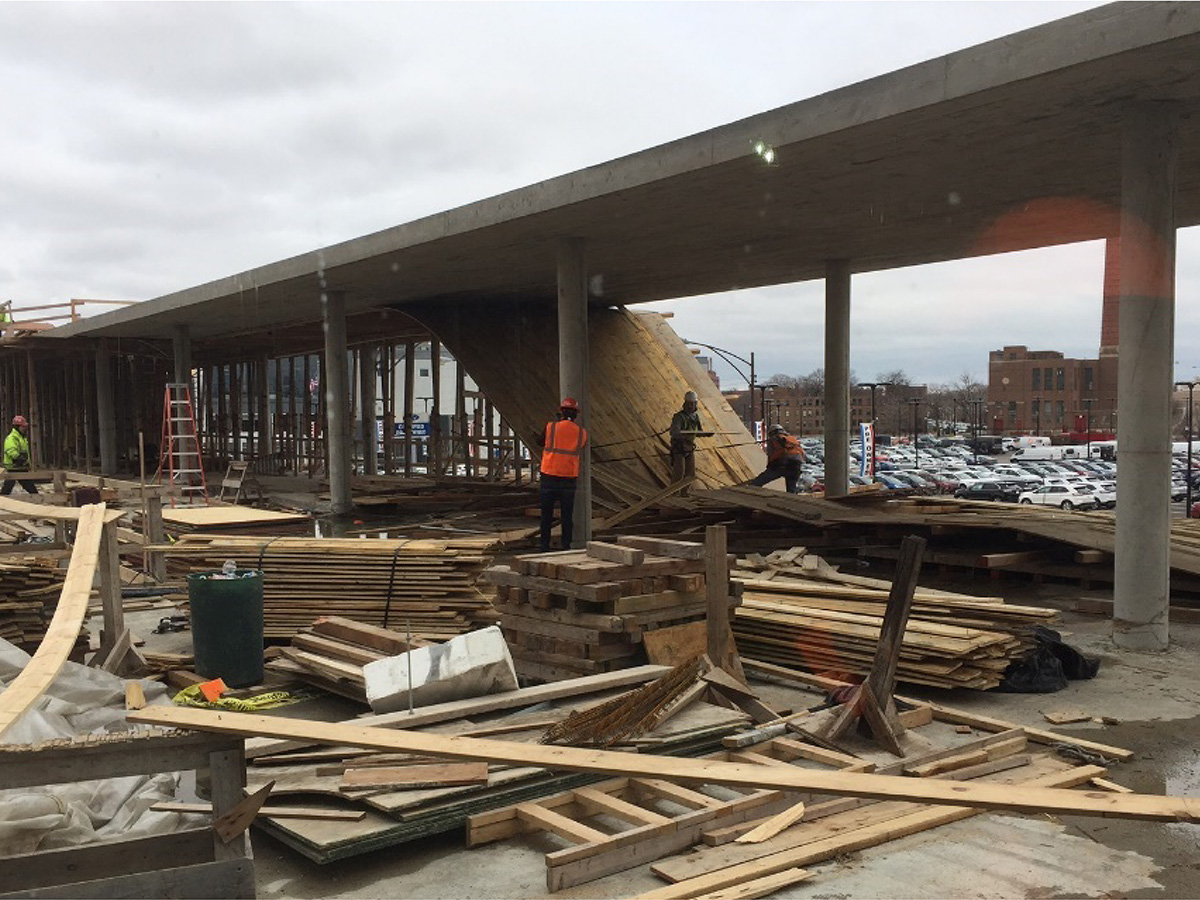
Eaton Fine Art
“We think it’s important to do all we can to protect our environment, minimize damage, and avoid excessive waste,” said Terry Eaton, president/chief curator, Eaton Fine Art. “We collaborate with artists on hotel projects around the country who, in some cases, not only create aesthetically pleasing, original art but also adhere to eco-friendly practices such as incorporating reusable materials or sourcing regional materials into their work. We’re proud to do everything possible to lessen our footprint on this valued earth.”
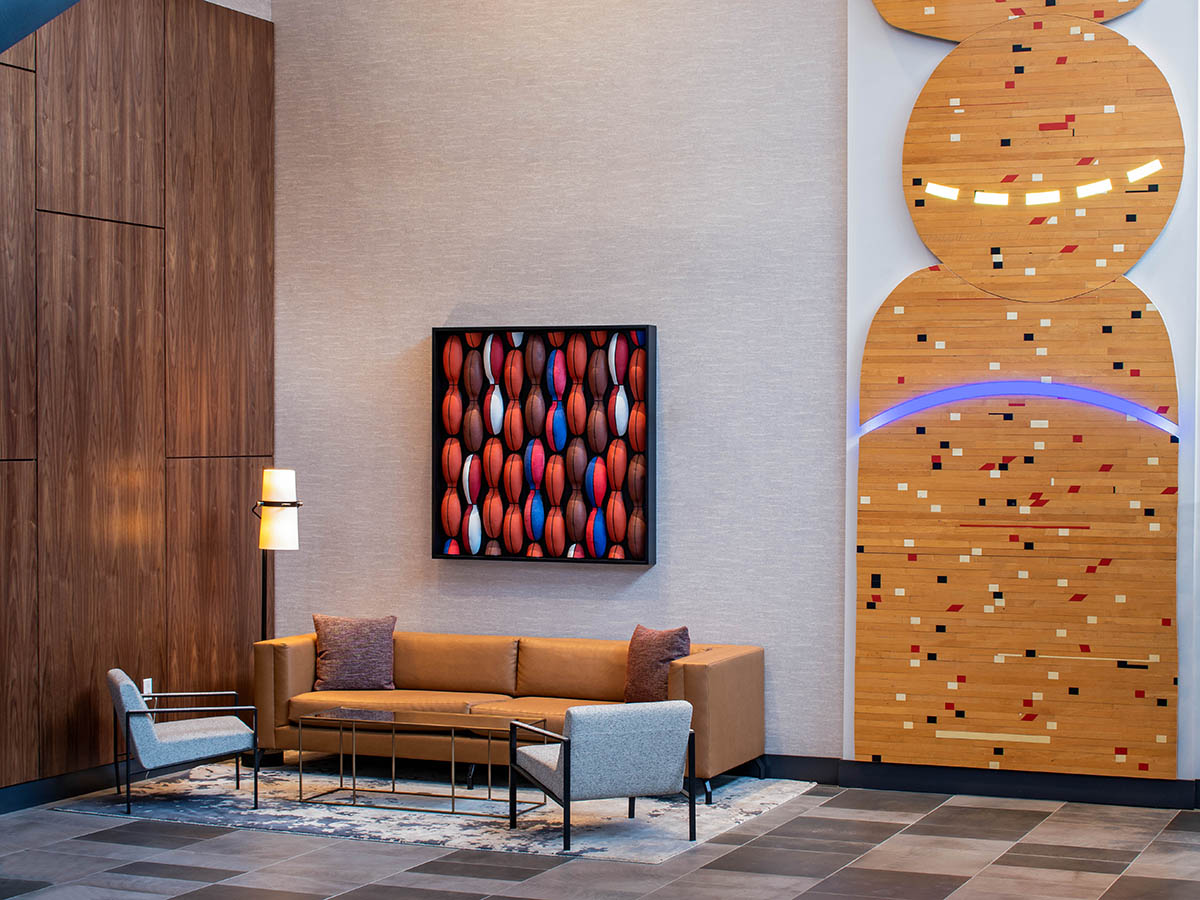
TPG Architecture
“TPG takes a holistic approach to sustainability in our projects by balancing the needs of building systems’ efficiency with human health. We create spaces that utilize the most energy-efficient lighting and HVAC systems while tailoring the design aesthetic to incorporate low emitting materials. We also bring nature into the workplace and create areas of respite for employees to mentally recharge before diving back into their work,” said Samantha McCormack, creative director, TPG Architecture.
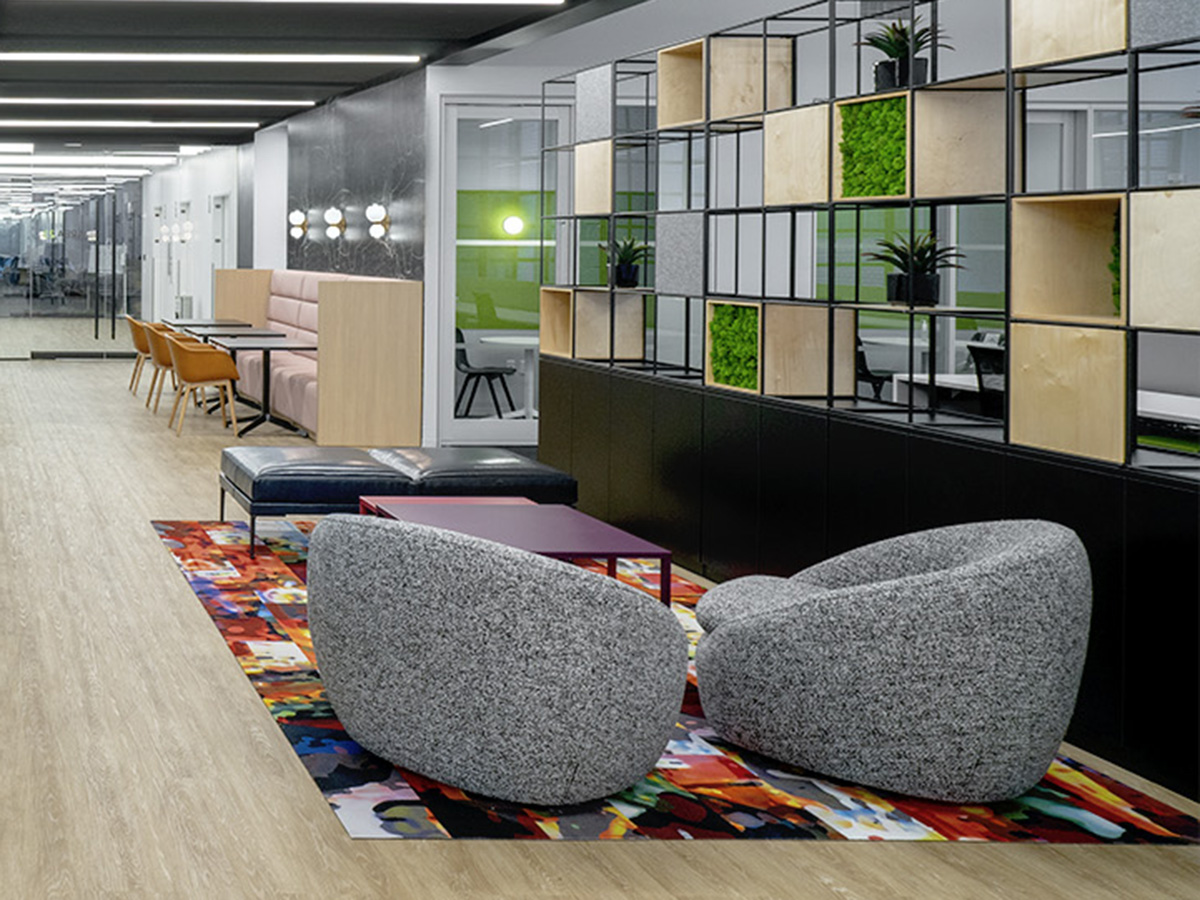
Prasoon Design Studio
“At Prasoon Design Studio, our design is driven by the context of our projects, from the local environment, its climatic mindfulness, resources locally available and the experience for the end-users. The idea is to have designs that are acclimatized to their surroundings rather than a preconceived aesthetic.
For each scale and type of the projects that we undertake, sustainability is at the core, which is ensured through a suite of intelligent technologies and best practices implemented throughout the project design and build phases. Instead of retrospective or post-mortem sustainability methodologies as seen in 2D design and modeling, we utilize computational design to create iconic designs that are mindful of the environment right from the design conception stage. Our progressive environmental design approach has been refined to deliver the most effective and efficient solutions to heat, cool and light the buildings through optimized building envelope for minimal heat gain, maximized integration of passive daylight, effective sun path orientation and other on-site/off-site activities that help us minimize the carbon footprint of our projects throughout their lifecycle,” said Prasoon Shrivastava, founder/CEO, Prasoon Design Studio.

